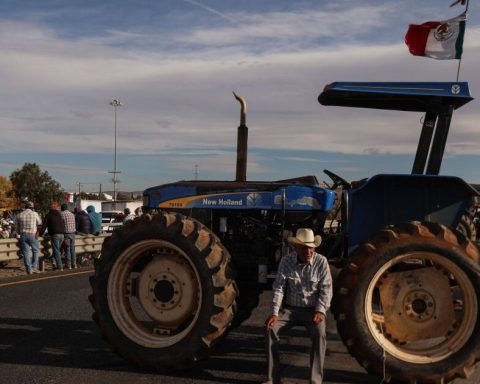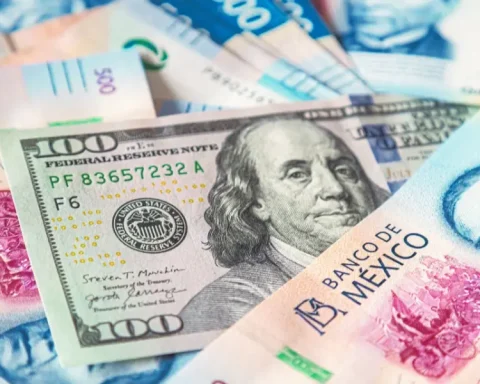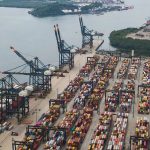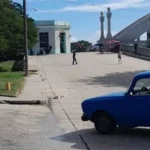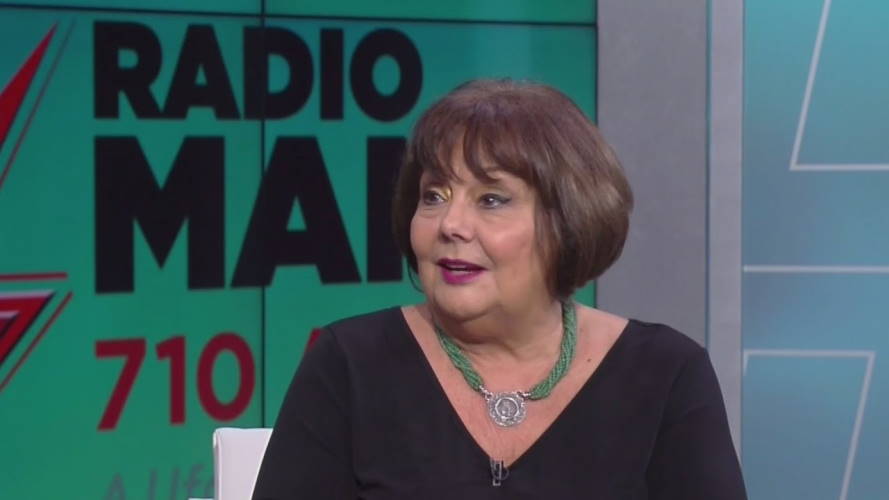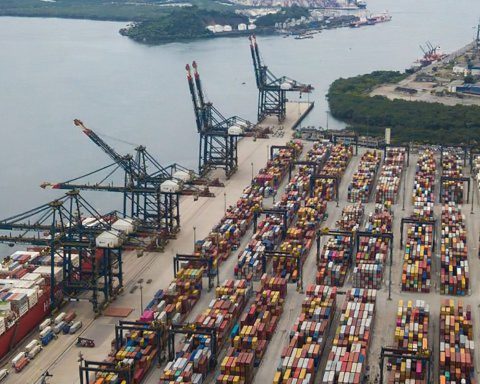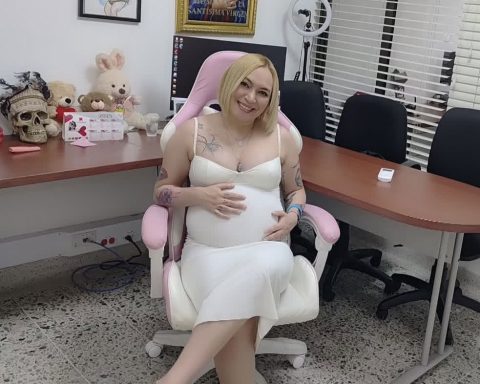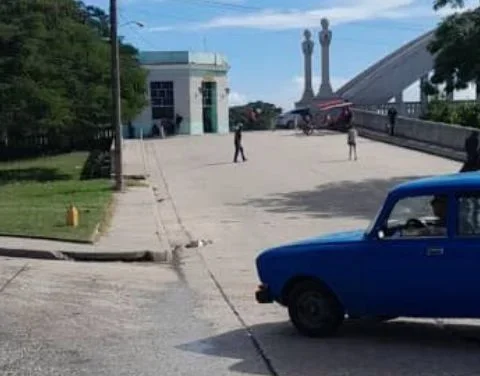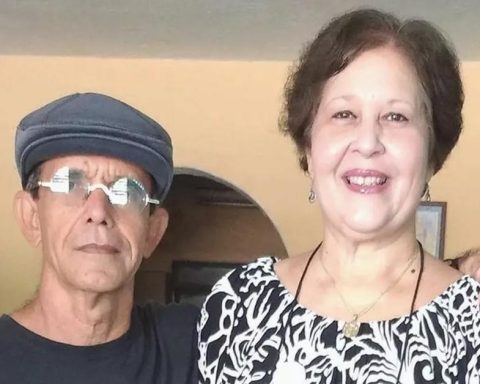With a filmography of more than 40 films between documentaries and fiction, Amos Gitai (Haifa, 1950) is today one of the most acclaimed Israeli filmmakers in the world. He possesses a powerful critical lens on the history of Israel, the Palestinian people and the rest of the Middle East, with arguments that go from the most intimate to the absolutely collective, on home, exile, family, identity, politics and religion.
With a PhD in Architecture but turned into a self-taught filmmaker, his name is common among the selections at the most prestigious festivals in the world, such as Cannes, where he has been a serious competitor for the Palme d’Or on at least half a dozen occasions. But he is also a prolific visual artist whose installations and film retrospectives have had a place in venues such as MoMA, in New York; the Tel Aviv Museum of Art, in Israel, or the Center Pompidou and the Palais de Tokyo, in Paris.
His film perspective is conditioned by his life and those of his ancestry, a mother who was born in 1909, the same year Tel Aviv was founded under a socialist regime, while his father was a Bauhaus architect displaced by the rise of the Nazi regime. While Gitai participated in the Yom Kippur war in 1973, an event that definitely marked his destiny as a filmmaker.
Much of his film vision can be seen at the Cineteca Nacional starting January 17 as part of a broad retrospective organized in collaboration with the Israeli Embassy, with an outstanding selection of 25 films dated between 1985 and 2020.
On the eve of boarding his flight to Mexico City to meet the Mexican public, of which he is no stranger, Gitai talks to El Economista.
You have a strong bond with Mexico, do you feel close to our culture?
The first time I went to Mexico was a long time ago, around 1978. Then I was doing my PhD in Architecture at Berkeley and for Christmas I traveled to Mexico. First I went to Mexicali and then I traveled to Mexico City and Cuernavaca to meet with the philosopher Iván Illich. On that trip I was also in Oaxaca, San Cristóbal de las Casas and Palenque. Since then I have traveled to Mexico several times. The most recent visit was to Morelia (to the film festival), a couple of years ago, to present my retrospective (in 2019). So, it could be said that I do know something about Mexico.
He filmed the war in Israel, he has seen the most heinous crimes before his eyes and through his lens. Is it an obligation for cinema to film the reality that surrounds it, no matter how violent it may be?
I believe that cinema should not be a celebration of violence. Sure there are movies that celebrate violence, but I’m against that. I believe that by filming the true horror of violence, the public can be convinced not to repeat it.
Has your education as an architect defined your filmmaking style?
I assimilate my work as a civic service. I always try to build approaches that have a balance between form and narrative, and for this I use my training as an architect, for the construction of a film, for example, to decide when it is convenient to film long sequences to allow the observation of the event. . Today, this type of film is confronted with the economic pressures required by the content of the platforms, with films edited in a dizzying manner. I believe that a filmmaker’s position is not only in the narrative but in the form of his cinema, because with this you allow the public different levels of interpretation.
What reflections do you have on migration and violence against displaced persons?
Undoubtedly, the great symptom of our times is precisely displacement throughout the world, whether due to war, economic marginalization, poverty, urbanization. Displacement breaks the chain of memory, of belonging. Displaced people have to rethink their identity and mix up their life narratives. Myself and my family history are the result of these processes.
How do you face the changes in the way of filming in recent years?
Today I see less challenging jobs for the public, this is due to the great pressure exerted by the platforms. The tapes of the great masters my generation grew up with were very different. Roberto Rossellini, Luchino Visconti, Abbas Kiarostami, to name the ones that come to mind. Many of them were great creators, they generated their own language. But now filmmakers are being asked to stick to the formula and with this some richness about the human experience is lost. The same happens with the cinema that has stopped being projected on the big screen. That’s why I’m glad there are places like the Cineteca Nacional, which I think is the most impressive cinema in the world and I’m not exaggerating. Hence, it is a great privilege that they have chosen me to present my films.
Cycle of Amos Gitai in the Cineteca:
- “Esther” (1985)
- Berlin Jerusalem (1989)
- Golem: The Spirit of Exile (1992)
- Golem: The Petrified Garden (1993)
- Devarim (1995)
- The Crime Arena (1996)
- Yom Yom (1998)
- Kadosh (1999)
- Kippur (2000)
- “Eden” (2001)
- Kedma (2002)
- Alila (2003)
- The Promised Land (2003)
- “Free Zone” (2005)
- “The Withdrawal” (2007)
- Someday You Will Understand (2008)
- Carmel (2009)
- Roses on Credit (2010)
- Lullaby for My Father (2012)
- Anna Arabia (2013)
- Tsily (2014)
- Rabin, the last days (2015)
- West of the Jordan River (2017)
- A Tram to Jerusalem (2018)
- Laila in Haifa (2020)
He wants to film in Mexico
The director is resuming the projects announced in 2019, two of them potentially to be filmed in Mexico, one will address the terrorist attack that occurred in 1994 against the Israeli Mutual Association of Argentina (AMIA), presumably by Hezbollah. He shares that he has been in talks with the Brazilian director Walter Salles so that he directs a film based on the correspondence of his mother, Efratia Gitai. The filmmaker will take advantage of this visit to the country to resume conversation with producers established in Mexico about these projects.


